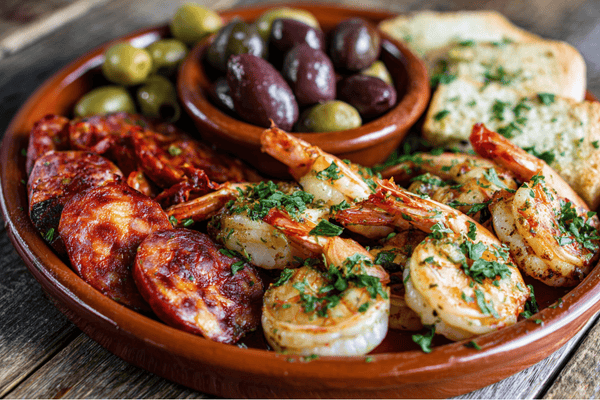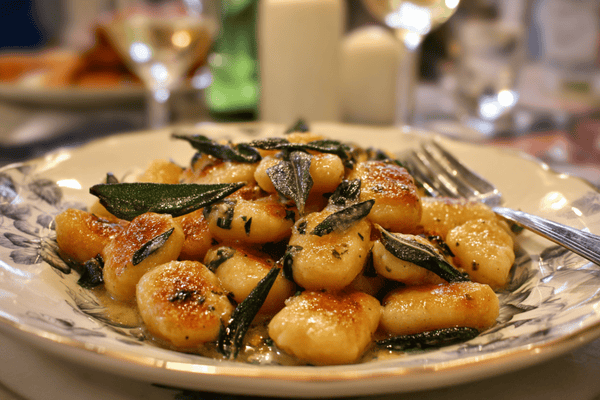
If you're a fan of sweet and juicy fruits, you're probably familiar with the deliciousness of stone fruits. These fruits are characterized by their hard pit, or stone, in the centre, which gives them their name. Stone fruits are delicious and packed with nutrients that are good for your health. In this article, we'll dive into everything you need to know about stone fruits, from their origins to how to enjoy them in various ways.
Table of content
What is a Drupe?
The term "drupe" refers to a type of fruit with a fleshy exterior and a hard, stone-like pit or seed in the centre. Drupe fruits are characterized by their structure, consisting of an outer layer of flesh, a tough, fibrous layer surrounding the pit or seed, and a single seed or pit in the centre. Examples of drupe fruits include peaches, plums, cherries, olives, and coconuts. Drupe fruits are often prized for their sweet, juicy flesh and are used in various culinary applications, from pies and jams to salads and cocktails.
Here are some examples:
Stone fruits:

Stone fruits are a type of drupe that includes peaches, plums, and cherries. and also coffee They have a fleshy exterior surrounding a hard pit or stone that contains the seed.
Tropical drupes:

Tropical drupes include fruits such as coconuts, mangoes, and dates. They have a fleshy exterior surrounding a hard pit that contains the seed.
Berry drupes:
Berry drupes are a type of fruit that have a soft, fleshy exterior and a hard pit in the centre that contains the seed. Examples of berry drupes include grapes, tomatoes, and blueberries.
Pome drupes:
Pome fruits are a type of fruit that have a fleshy exterior and a central core that contains several small seeds. Examples of pome fruits include apples, pears, and quinces. They are not considered to be drupes.
Other drupes:
This subcategory includes drupes that do not fit into the above categories. Examples include avocados, redcurrants, blackberries, and olives.
What are Stone Fruits?
Stone fruits are a type of fruit that has a hard pit, or stone, in the centre. The stone is surrounded by a fleshy, juicy exterior that is sweet and flavorful. The most common types of stone fruits include peaches, plums, cherries, and apricots, but there are also wide other varieties. These fruits are typically in season during summer, making them a popular choice for desserts, jams, and other recipes.The History of Stone Fruits
Stone fruits have been around for centuries and are believed to have originated in Asia. They were first cultivated in China and were later introduced to Europe and the Americas. Today, stone fruits are grown worldwide, with different regions producing different varieties of these delicious fruits.
The most common Stone Fruits
Peaches

Peaches are a juicy and sweet fruit with fuzzy skin and a round shape. They are typically in season from late May to August in the northern hemisphere. There are several varieties of peaches, including clingstone and freestone, which refer to how easily the fruit separates from the stone. Peaches are commonly eaten fresh, but they are also used in a variety of baked goods and jams.
Nectarines

Nectarines are very similar to peaches, but they have smooth skin instead of fuzzy skin. They are also typically smaller and more aromatic than peaches. Nectarines are in season during the same period as peaches and are often used in the same ways.
Plums

Plums are a sweet and juicy fruit with smooth skin and a variety of colours, including red, purple, and yellow. They are typically in season from May to September in the northern hemisphere. There are several types of plums, including Japanese plums, European plums, and damson plums. Plums can be eaten fresh or used in a variety of baked goods, jams, and sauces.
Apricots

Apricots are a small, orange fruit with a slightly tart flavor. They have a velvety skin and a round shape. Apricots are typically in season from May to August in the northern hemisphere. They are often eaten fresh, but they can also be used in jams and baked goods.
Cherries

Cherries are a small, round fruit with a bright red or dark purple skin and a sweet, juicy flesh. They are typically in season from May to July in the northern hemisphere. There are two main types of cherries: sweet cherries and sour cherries. Sweet cherries are usually eaten fresh, while sour cherries are often used in pies and other baked goods.
Mangoes

Mangoes are a tropical fruit with a sweet and juicy flesh and a large, flat pit in the centre. They have a smooth, colourful skin and are in season from May to September in the northern hemisphere. Mangoes are often eaten fresh, but they can also be used in a variety of recipes, including smoothies and chutneys.
The Nutritional Benefits of Stone Fruits
Stone fruits are delicious and packed with nutrients that are good for your health. Here are some of the nutritional benefits of stone fruits: Stone fruits are a good source of vitamin C, which is essential for immune function and skin health. They are also a good source of fibre, which can help regulate digestion and lower cholesterol levels. Stone fruits contain antioxidants, which can help protect against cell damage and reduce the risk of chronic diseases such as cancer and heart disease. They are low in calories, making them an excellent option for those watching their weight.How to Enjoy Stone Fruits
Stone fruits are incredibly versatile and can be enjoyed in various ways. Here are some ideas to get you started:As a Snack
Stone fruits make a great snack on their own, whether you're on the go or relaxing at home. Simply wash the fruit and eat it as is, or slice it up and serve it with a dollop of yoghurt or a sprinkle of cinnamon for added flavour.In Smoothies and Juices

In Salads

In Desserts

FAQ
Q: Are stone fruits only in season during the summer?
A: Yes, stone fruits are typically in season during the summer months. However, some varieties, such as cherries, can be found in the late spring and early fall.
Q: Can I eat the pit of a stone fruit?
A: No, you should never eat the pit of a stone fruit. The pit is hard and can be a choking hazard, and it also contains compounds that can be toxic in large quantities.
Q: How should I store stone fruits?
A: Stone fruits should be stored at room temperature until they are ripe, and then they can be stored in the refrigerator to prolong their shelf life.
Q: Are there any health risks associated with eating stone fruits?
A: In general, stone fruits are safe and healthy to eat. However, some people may be allergic to certain types of stone fruits, such as peaches, and should avoid them.
Q: What is the best way to choose ripe stone fruits?
A: Look for fruits that are slightly soft to the touch, with a sweet fragrance. Avoid fruits that are too firm or have bruises or soft spots.
Q: Can stone fruits be frozen for later use?
A: Yes, stone fruits can be frozen for later use. Simply wash and slice the fruit, then place it in an airtight container or freezer bag and freeze for up to six months.
Q: Are canned or dried stone fruits as nutritious as fresh ones?
A: Canned or dried stone fruits are still nutritious but may have slightly lower levels of vitamin C and other nutrients than fresh ones. Look for canned or dried fruits without added sugars or syrups.
Q: Can stone fruits be cooked or baked without removing the pit?
A: It is not recommended to cook or bake stone fruits with the pit still inside, as the heat can cause the pit to release toxic compounds. Always remove the pit before cooking or baking.
Q: Can stone fruits be eaten by people with diabetes?
A: Stone fruits can be a healthy choice for people with diabetes, as they are low in calories and high in fibre. However, it is important to monitor portion sizes and overall carbohydrate intake.


